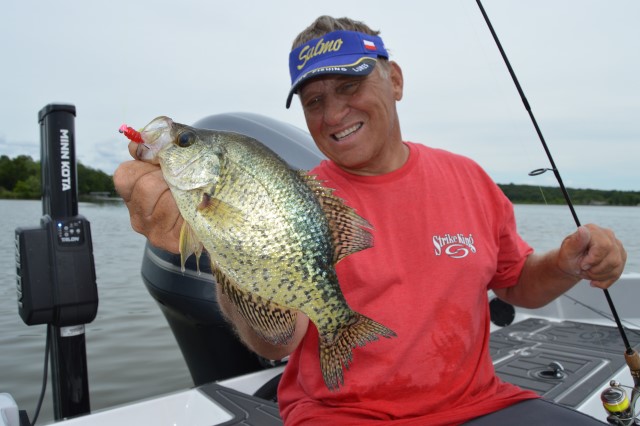At Oconee last Sunday six members and guests fished the Flint River April tournament. After casting from 7:00 AM to 3:00 PM, we brought 13 largemouth meeting the 14-inch length requirement to the scales. The total weight was about 26 pounds. One person had a limit and there were two zeros.
Niles Murray won with the limit weighing 9.61 pounds and my four weighing 6.32 pounds was second. Brent Drake placed third with two at 5.52 pounds and his 3.55 pounder was big fish. Don Gober had two weighing 3.75 pounds for fourth.
Niles had fished a bigger tournament at Oconee on Saturday, the region 72 American Bass Anglers trail, with more than 40 boats in it. It took 18 pounds to win it and about 13 to get a check. Niles had 11 pounds.
That trail is extremely tough, fishing Oconee and Sinclair for their tournaments. And several of the fishermen are really good on both lakes and some of them are able to fish them almost every day. Its hard to compete against folks like that.
A young man named Grant Kelly won that tournament. I did a magazine article with Grant when he was a college student in Milledgeville and followed up a few years later as he started his professional career. He is an excellent young fisherman, winning many local tournaments. I expect to see his name in the tournament results for many years as he works up the professional ladder of bass tournaments.
In our tournament I started out good, catching a decent keeper on a spinnerbait the first place I stopped. Then I landed two more casting a shaky head worm to docks before 11:00.
I thought with three in the livewell half-way through the tournament I could land a five-bass limit, but at 2:00 I landed my fourth one. It was a two-pound bass that was feeding in the shade from a tree that was on the water between docks. It was in only about a foot of water. I never got the fifth one. I did catch six or seven fish under the 14-inch limit.
Fishing should get better and better for the next few weeks.

